Bridge Lake is one of several small towns that dot Highway 24—better known as “Fishing Highway” for its many lakes and angling opportunities—in British Columbia’s southern Cariboo.
América del Norte/Canada/
Resumen: Los cierres de escuelas son una realidad en la Columbia Británica Canada. En total, 241 escuelas públicas han cerrado desde 2002. Los cierres más destacados suelen estar en ciudades más grandes, en parte debido a la proximidad de los medios y en parte debido al gran número de personas involucradas. Cuando una escuela se cierra en Richmond o Victoria, van a Prince George o Osoyoos , lo que causa menos inconvenientes para todos los involucrados. Pero cuando una escuela se cierra en una comunidad donde es la única opción de educación pública disponible, los efectos negativos son considerablemente más altos. «Es una asfixia lenta», dice Murray Helmer, presidente de la Asociación de Maestros Cariboo-Chilcotin. Veintisiete comunidades en la Columbia Británica han tenido su única escuela cerrada desde 2002, y cinco más se unirán a ellos este año, incluyendo Bridge Lake, Yahk, Field, Woss Lake y Oyster River.
There have never been many people in Bridge Lake, or Lone Butte or Little Fort for that matter, but the mix of ranching and agriculture, tourism and forestry, young families and retirees has been relatively stable for decades.
So when Cambria Volonte moved to town in 2012, started a small business, and had a child two years later, she was confident Bridge Lake Elementary would be there for her family.
“At the time, the school had always been an extremely vibrant part of the community for almost 100 years,” she says.
“It comes together every year to raise tens of thousands for extracurricular activities, the PAC is active, there’s always functions being planned and activities hosted for the entire community.”
But enrolment at Bridge Lake had rapidly declined from 43 students in 2009/2010 to just eight students this year. In January, the Cariboo-Chilcotin school district (SD27) announced they faced a $600,000 deficit, and that K to 7 school was on the chopping block.
In April, after three months of impassioned debate, trustees made their decision: Bridge Lake Elementary would shut down.
“School closure is one of the hardest and most difficult decisions for any board to face,” says Tanya Guenther, SD27 Board Chair.
“As trustees we are elected to support education, make it thrive, and a decision to close can often appear on the surface as a direct opposite of this.”
Volonte and others in Bridge Lake allege that the SD27 intentionally suppressed enrolment at the school by encouraging or forcing families in the region to take their students to Horse Lake Elementary in Lone Butte, which has seen enrolment rise in recent years.
“It’s a unique situation. If a rural school closes because there’s no kids in the community, then that’s life. But that’s not what happened here. It was not a consultation process,” says Volonte.
It’s a charge Guenther denies.
“[We] did refute the allegations that the board intentionally suppressed enrolment. Unfortunately, the community took that as the number one issue, and it really divided the focus,” she argues.
“School closure is always a very emotional decision for anyone affected. The staff, the parents, all community members.”
Now, every child in Bridge Lake will have to travel the 40 kilometres to Lone Butte to receive a public education.
“It will cause our children to have extremely long bus rides. Up to 2.5 hours a day, 50 hours a month,” says Volonte.
“The reason people choose to live in rural areas is to give our children freedom in the wilderness, to grow up in a small community that supports and respects them.”
But it’s not just the children who will suffer. Bridge Lake isn’t just an elementary school. It is the community hub, the gathering space for local organizations, the home of the public library. It’s the recreation centre, the after school centre, the home to the region’s Meals On Wheels program.
Why Bridge Lake is closing is an important question, but one Volonte and Guenther will never agree on.
The more critical question?
What happens next.
“Slow suffocation”
School closures are a fact of life in British Columbia.
All told, 241 public schools have shut down since 2002. Another 16 are slated to close in June. More are already being considered for the 2016/2017 school year.
The most high-profile closures are usually in bigger cities—partly because of media proximity, and partly because of the sheer number of people involved.
When a school closes in Richmond or Victoria, or Prince George or Osoyoos, it causes inconvenience for everyone involved.
But when a school closes in a community where it is the only public education option available, the stakes are considerably higher.
“It’s a slow suffocation,” says Murray Helmer, President of the Cariboo-Chilcotin Teachers’ Association.
“Your support system is your community rather than the city life. It’s a different feel up here. As soon as you lose the school, you lose that tie to those neighbours and your communities. If you have to rely on something an hour away every day, it’s not a community anymore.”
Twenty-seventy communities in British Columbia have had their only school shut down since 2002, and five more will join them this year, including Bridge Lake, Yahk, Field, Woss Lake and Oyster River.
INTERACTIVE MAP: Every community in B.C. that has seen its only school close since 2002
In some cases, the decision to close these schools is straightforward. Some parts of B.C., built up because of a mine or sawmill or cannery, simply fade away, the closure of a school a postscript rather than a exclamation point to a town’s epitaph.
The provincial government provides at least $162,400 to any small community school with at least nine students.
“We recognize that rural communities face unique challenges – that is why our funding model includes financial increases to specifically address rural challenges like smaller enrolments, location, community size, remoteness and a harsher climate,” said the Ministry of Education.
But any lower than nine students and the grant is reduced by $85,000. The Ministry of Education also then has the authority to unilaterally close the school – making it academic for most school boards.
“Schools aren’t closing because of a lack of funding. Schools are closing because of a lack of students,” says the Ministry.
“It’s important school districts invest in vital programs and supports instead of empty classrooms.”
However, there are other schools that still have enough students to fill a class, but are caught in the crossfire of districts trying to balance their budgets and have more buildings that are fully used.
“It’s very difficult to maintain our schools at the needs of each location with the dollars that we’re provided,” said Lenora Trenaman, Board Chairfor the Kootenay Lake school district (SD8).
“We’ve got aging infrastructure, declining enrolment, and we’ve got a geographically disperse district, so all of that equates to do what are we going to do in order to keep operational needs in the classrooms.”
Trenaman’s School District has already agreed to close Yahk Elementary school, which had only three students this year. But they’re also reviewing the future of five other schools, including Jewett and Winlaw Elementary, after next school year.
Winlaw has 85 students and the town has over 400 people. However, it’s also 20 minutes from WE Graham Elementary in Slocan, and SD8 is considering the merits of one fuller school for the region over two half-empty ones – both of which are in buildings that will need maintenance upgrades sooner rather than later.
“For the district to apply for capital dollars, we have to submit a strategic plan,” says Trenaman, who says the provincial government is pressuring them to have most facilities at 85 per cent capacity.
“To do nothing, in the ministry’s eyes, we anticipate, is not going to be convincing to it to obtain the capital we want to obtain.”
Not surprisingly, the local community has been outraged by the possibility, with “Save Winlaw School” dotted along the highway.
“Most of the people in the [Winlaw area] are historically seniors, but they’re slowly moving out of the valley towards the major centres in the area like Nelson and Castlegar. The people that are buying the properties are young families with children. It’s a major concern as to where their school is located.”
Trenaman, who herself lives in the rural community of Crawford Bay, is sensitive to the concerns of Winlaw, and stresses no decisions have been made yet.
“There’s no doubt that rural B.C. is the backbone of [the province],” she said.
“The economic stability for the rural areas is often connected to the school community. It’s very difficult for young families to remain or become citizens of a particular community if they can’t find public education within a viable location for their kids.”
But she also knows the agonizing calculus she must deal with as a school board trustee.
“It’s just a really difficult thing for this district, and across the province. There just aren’t enough capital dollars being provided to us to maintain all of the demands for our buildings.”
GRAPH: There are 10 schools in B.C. where they are the only public education in town and enrollment is 15 students or less
“There’s just not enough people anymore”
When outgoing BCTF President talks about communities losing their only school, he speaks from experience. After he got his bachelor’s degree in Nova Scotia, he applied for teaching jobs all over British Columbia – and he landed in Topley, where he’s had a home ever since.
“I didn’t know much about the town at the time, but since I grew up in a big city, I always wanted to go to a smaller rural area and see what it would be like,” he said.
Topley Elementary, located between Houston and Burns Lake, had 112 students when Iker began teaching there. By the time he became a full-time BCTF executive, enrollment was in the dozens, and was there were 28 students when it closed in 2010.
“I know the community and teachers there, they tried to present a variety of different ideas of how to keep the school open…but once the school district made the decision to close it, it seemed to be there was nothing that could change their mind. They were doing it to save money, but they were only going to save $125,000 or so,” he says.
Iker has noticed the change in Topley since the school left.
“The school had a playground, and that was always a place where kids could go play. When people were travelling and needed a break, they would see the highway. But they dismantled the playground because of insurance reasons,” he laments.
“There’s not a lot of movement. There is no school, there is no playground. We used to have a baseball team in Topley, and used the school field…but there’s just not enough people around anymore.”
The same fate befell Quatsino on the western edge of Vancouver Island, says the person who taught the final five students of Quatsino Elementary in 2008.
“Young families left. It’s been very hard to draw young families back into the community. Adults get grumpy,” says Heather Johnson.
“There are some young families, but they home school. The school was the only public building in the community. It’s still used, but it was children that really brought the community together.”
Johnson is now the principal for Sea View Elementary, 40 kilometres south of Quatsino. There are 35 students there this year, enough to keep the school stable for now. But she worries that as districts consolidate, and one or two-classroom schools disappear, so too will a unique style of learning.
“I think the teacher becomes more invested in the education knowing she will have them for possibly all of their elementary education. It does take time to get to know the children and how they learn and what their interests are, and to establish that relationship with families. There are benefits,” she says.
“What is the cost of not making education accessible to rural children? Some people will say there’s always distance education, but that does not replace the relationship between a student and a teacher on site. I know the economy of scale isn’t there, but I think our rural areas do a lot of supporting of the rest of the province, and we need to acknowledge the wealth that comes from our communities.”
The Dunster Fine Arts School successfully converted to a community-run educational facility after it was closed by the local school district in 2010.
Courtesy the Rocky Mountain Goat
The story isn’t universally grim for communities that have lost their school.
When Malakwa Elementary was shut down in 2013, the regional district helped the community purchase the building. An independent school, Malakwa Learning Academy, is now one of many groups using it.
The same scene played out in farming community of Dunster when they lost their school in 2010, despite enrollment of close to 30 students remaining steady over the previous decade. But people in town, 30 kilometres east of McBride, created a society and purchased the building from the school district, and this April, they paid off their mortgage.
Today the Dunster Fine Arts School is a centre for everyone in town, young and old, to gather in a variety of learning settings.
“It’s still a school in the true sense of the word. It’s not controlled by government and bureaucracy. It is a community school,” said Dunster Fine Arts School Society board member Pete Amyoony to the Rocky Mountain Goat.
“It’s something for the community to use for years to come, rather than have it boarded up or derelict or bulldozed.”
If there’s a community with families, easy transportation to bigger towns, and a local economy that isn’t dependent on one business, the loss of the school doesn’t have to be a death knell.
It’s why Volonte is staying put, determined that her family will be a part of Bridge Lake’s future.
“We’ll be fine, we’re a very strong community, we have a lot of intelligent people, and they love kids and want to provide a good education…It’s a huge loss to our community, but we’ll make it through,” she says.
“By the time my daughter gets to being 5, I’m sure there will be a great private school here.”
Fuente: http://globalnews.ca/news/2735992/what-happens-when-a-b-c-community-loses-its-only-school/
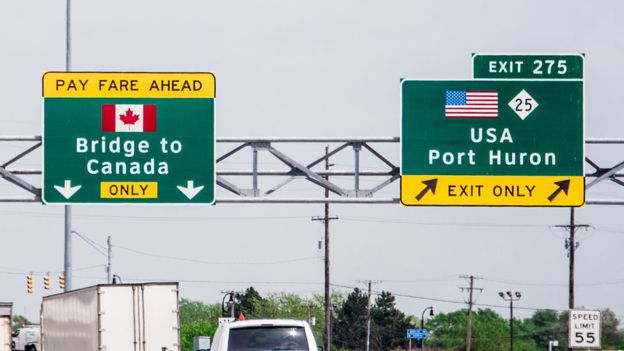

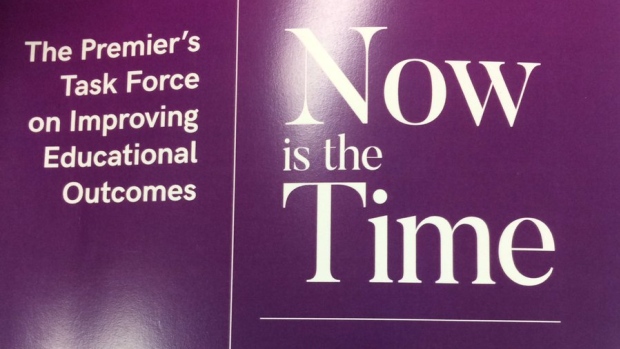

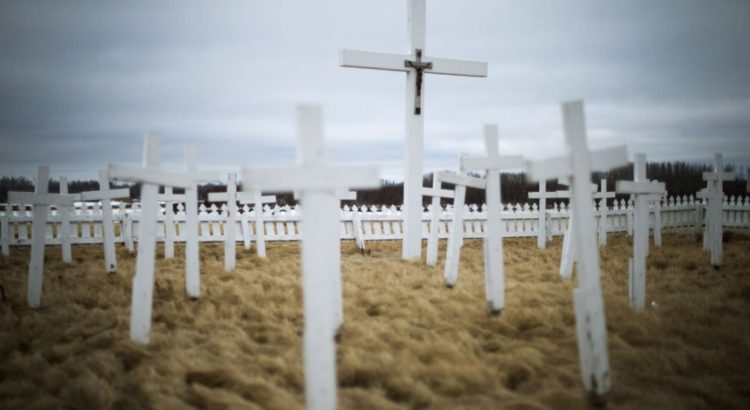
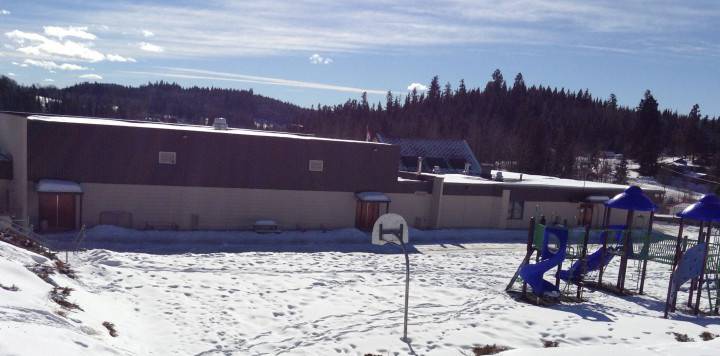


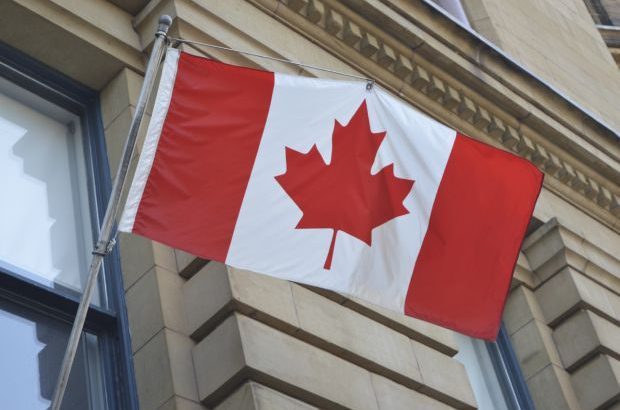
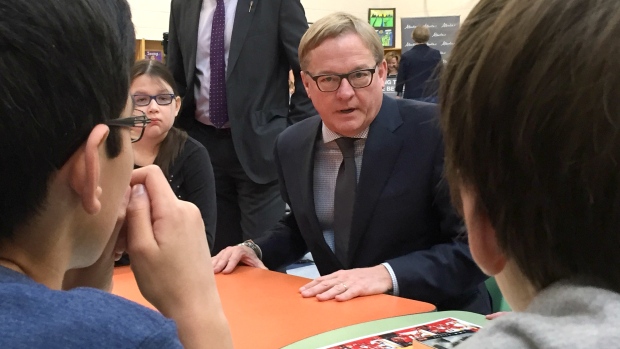






 Users Today : 30
Users Today : 30 Total Users : 35460047
Total Users : 35460047 Views Today : 43
Views Today : 43 Total views : 3418674
Total views : 3418674